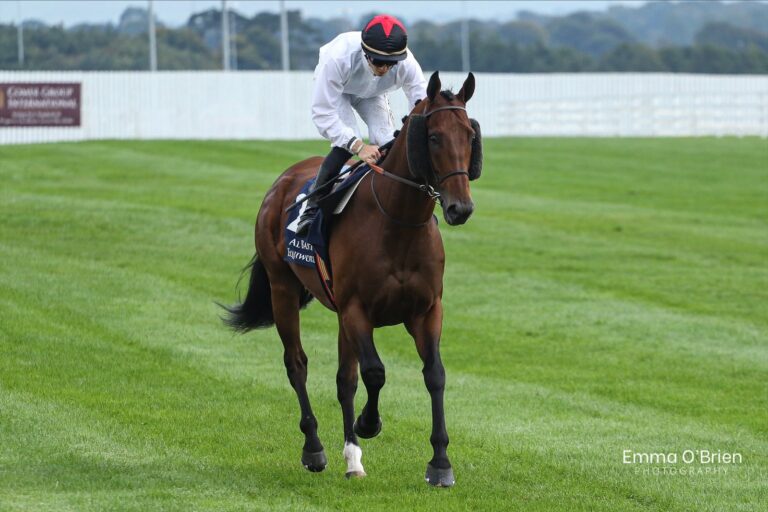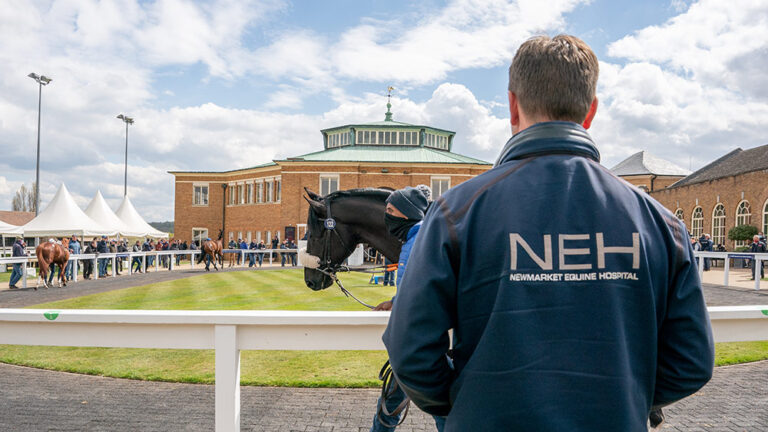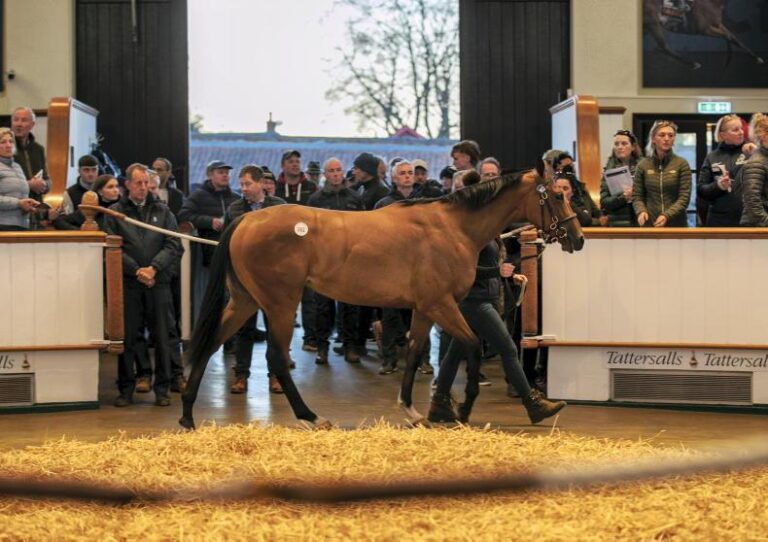To maximise racehorse performance, it’s essential to implement effective training techniques and leverage recent innovations. Here are some strategies to consider that our trainers use:
Each horse is unique, and their training program should be tailored to their specific needs, strengths, and weaknesses. Assess the horse’s physical condition, temperament, and performance to design a customised training regimen.
Interval training involves alternating between periods of high-intensity exercise and rest or low-intensity exercise. This method helps improve the horse’s cardiovascular fitness, stamina, and overall performance.
Incorporate different types of exercises into the horse’s training program, such as swimming, lunging, and trail riding. Cross-training helps prevent overuse injuries, keeps the horse mentally stimulated, and enhances overall fitness.
Leverage data analytics to monitor the horse’s performance, heart rate, stride length, and other key metrics. Use this data to adjust training programs, identify potential issues, and optimise performance.
Implement advanced recovery techniques, such as hydrotherapy, massage therapy, and acupuncture, to help horses recover faster and reduce the risk of injuries. Proper recovery is crucial for maintaining peak performance.
Use innovative training equipment, such as GPS trackers, heart rate monitors, and high-speed cameras, to gain insights into the horse’s performance and make data-driven decisions. These tools can help optimise training programs and enhance performance.
Maximising racehorse performance involves implementing tailored training programs, interval training, cross-training, data-driven training, advanced recovery techniques, and using innovative equipment. By leveraging these strategies, you can help your racehorse reach its full potential.

Evaluating a racehorse’s conformation is a critical skill that can significantly impact your success in the racing industry. At Syndicates.Racing, we prioritize this aspect to

At Syndicates.Racing, we understand that the key to a successful racehorse investment starts with a thorough pre-purchase veterinary exam. This crucial step helps us ensure

At Syndicates.Racing, understanding the pedigree of a racehorse is essential to making informed investment decisions. A pedigree page provides valuable insights into a horse’s lineage,

At Syndicates.Racing, we watch the world of horse racing continuously evolving with new technologies and methodologies to enhance the selection and training of racehorses. One

Ensuring the welfare of your racehorse is paramount to their health and performance at Syndicates.Racing. Here are some best practices to follow that you can